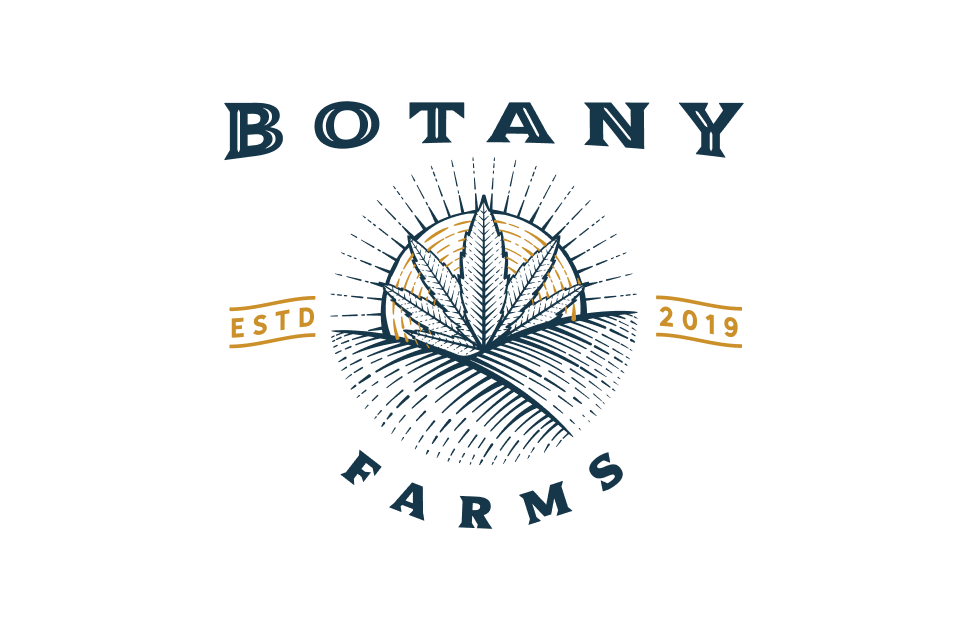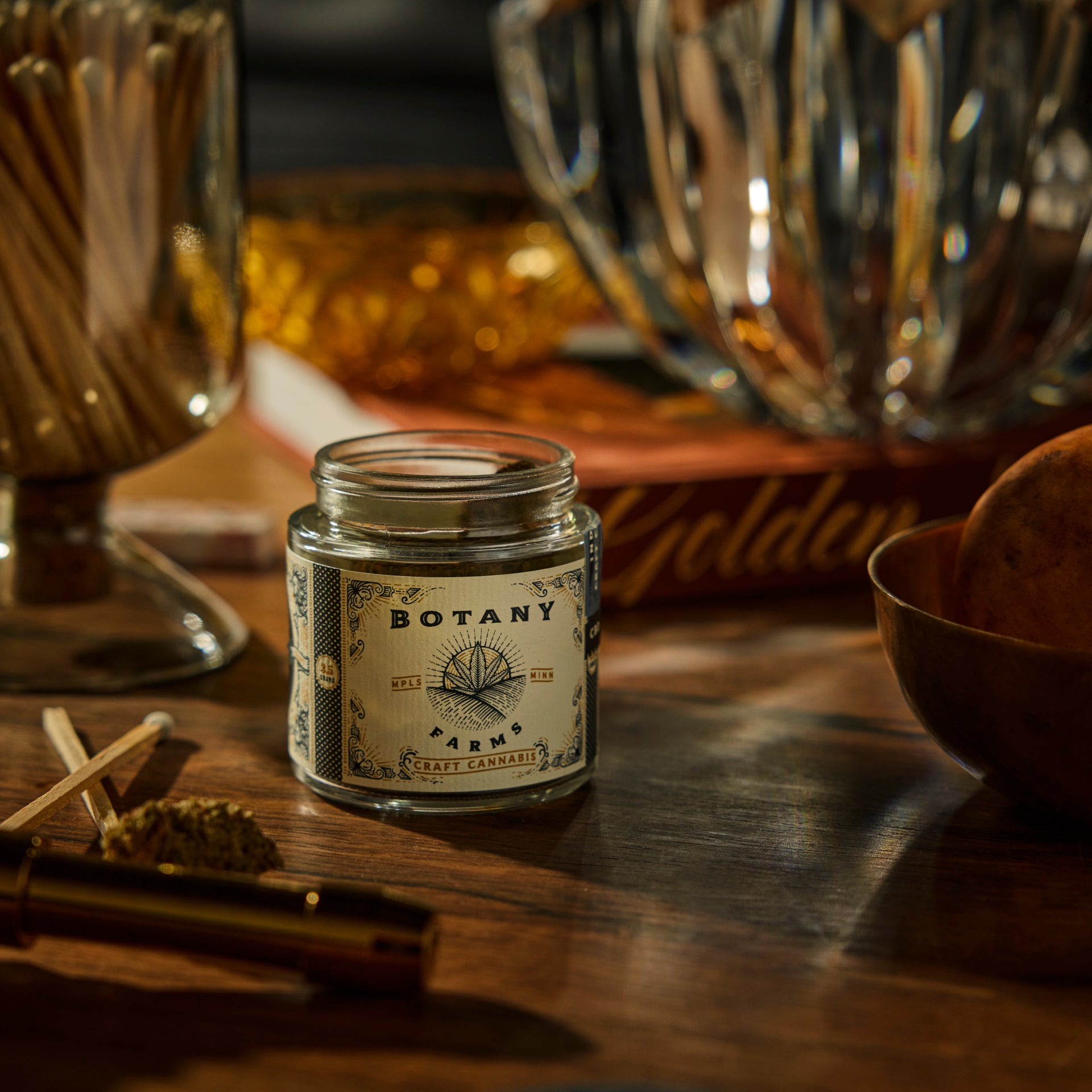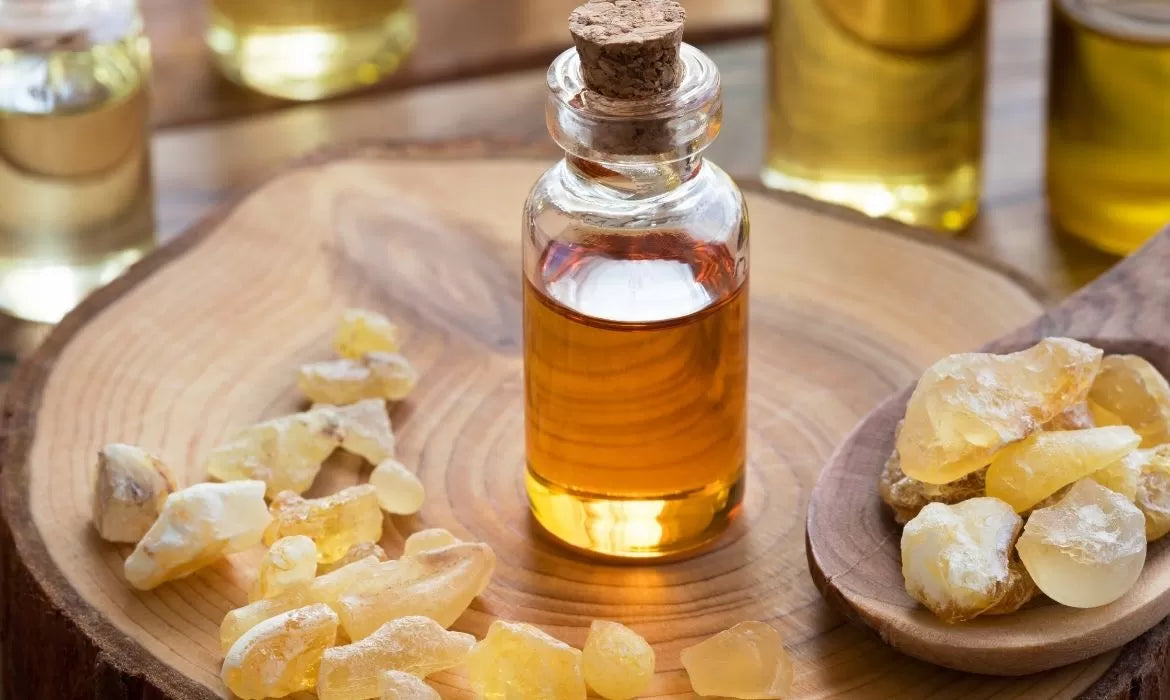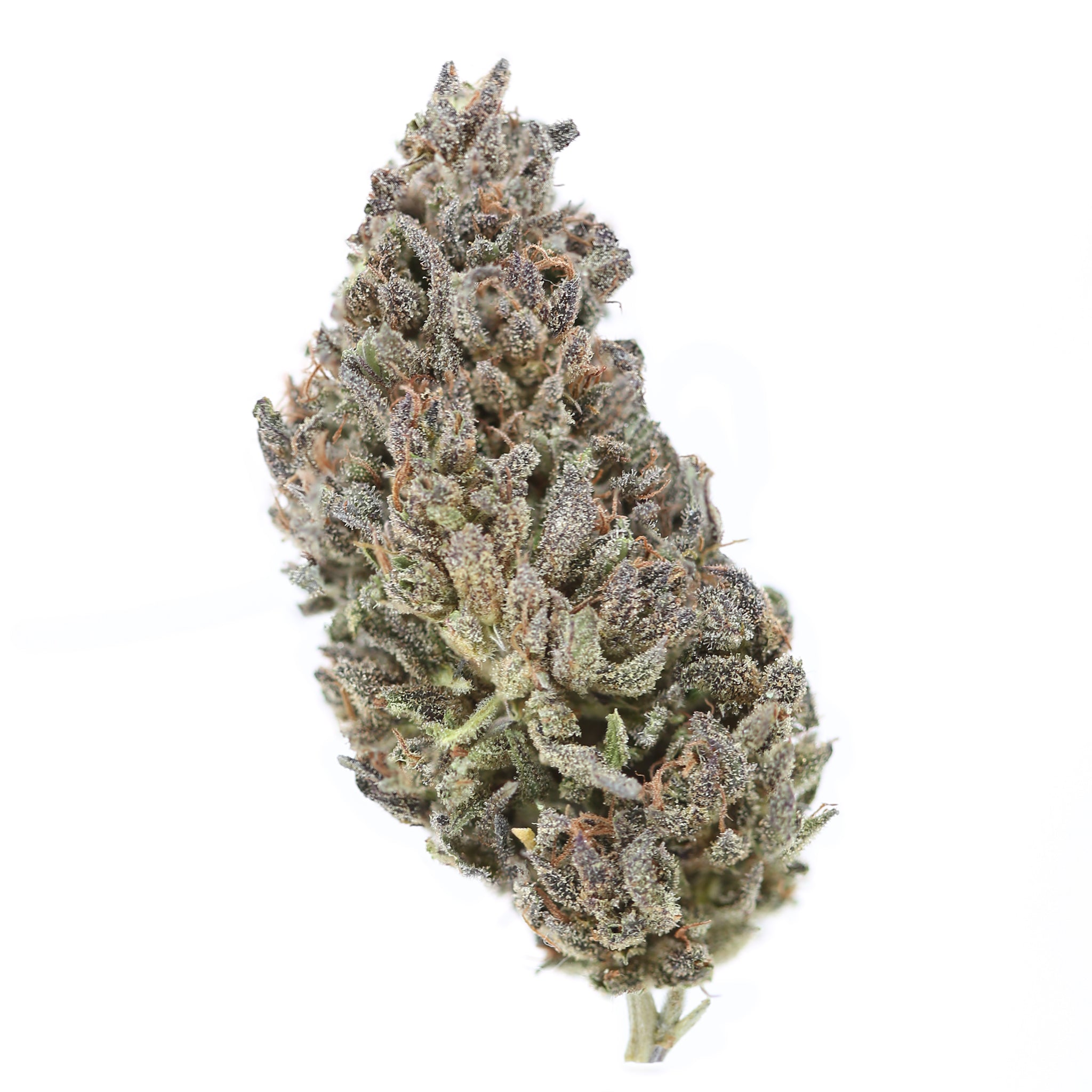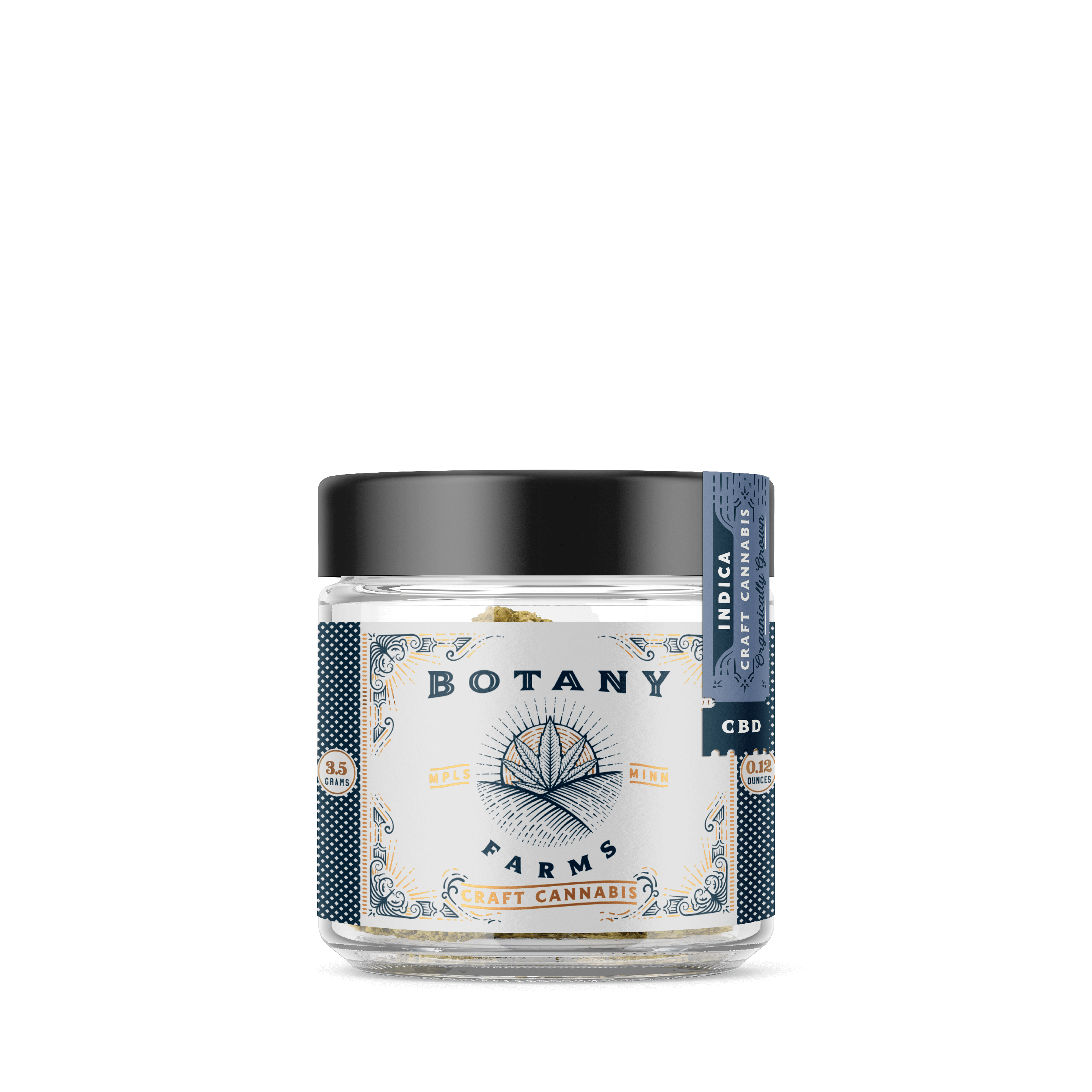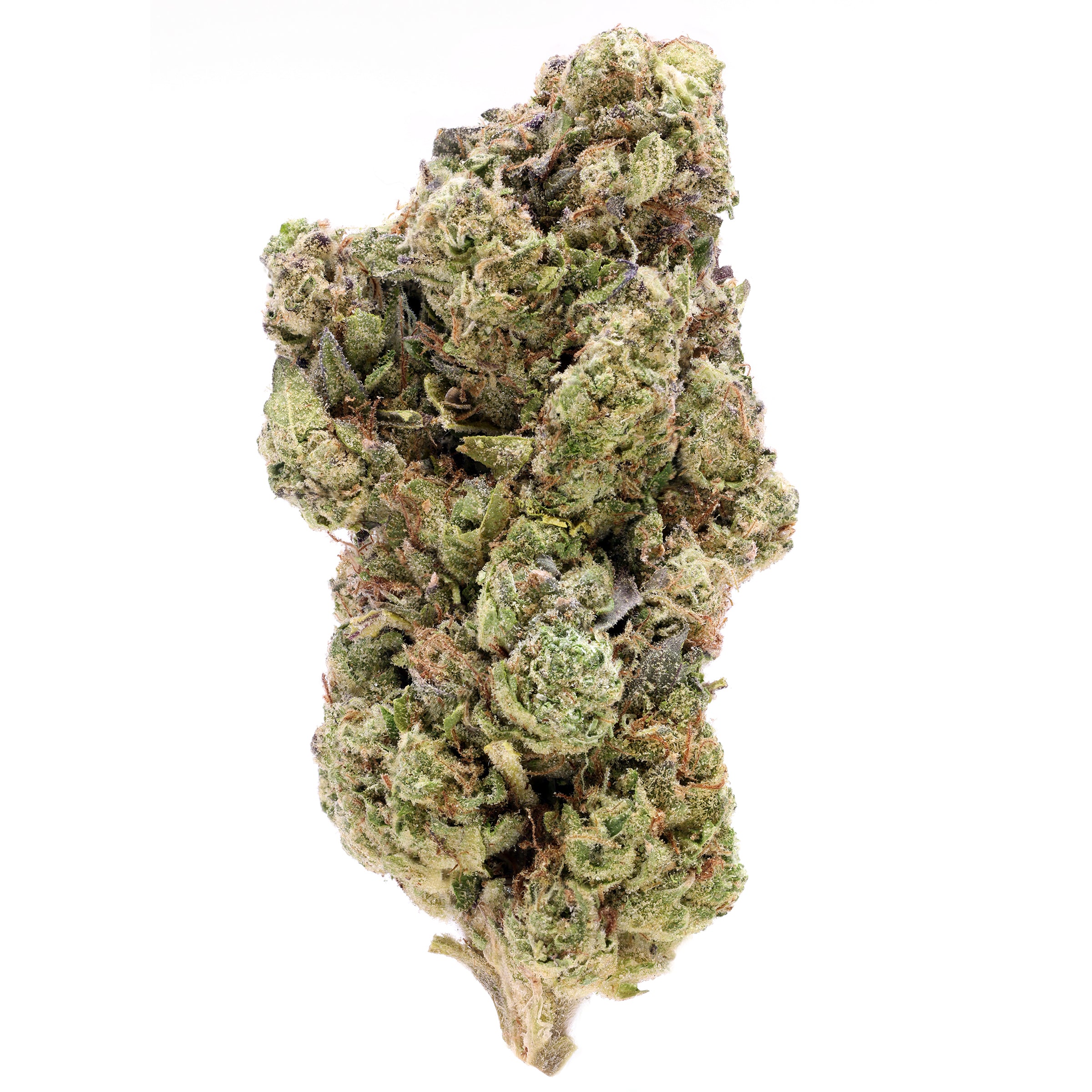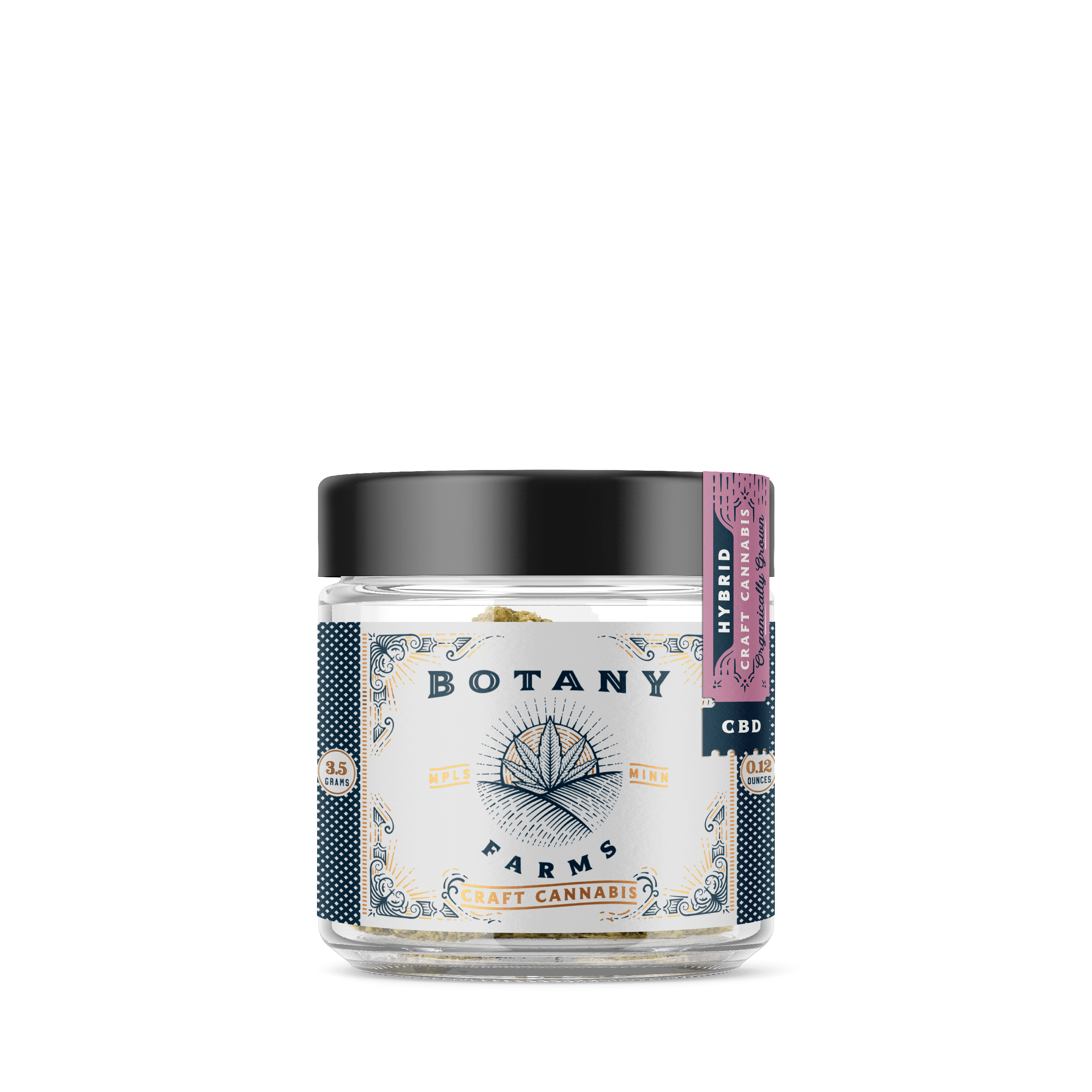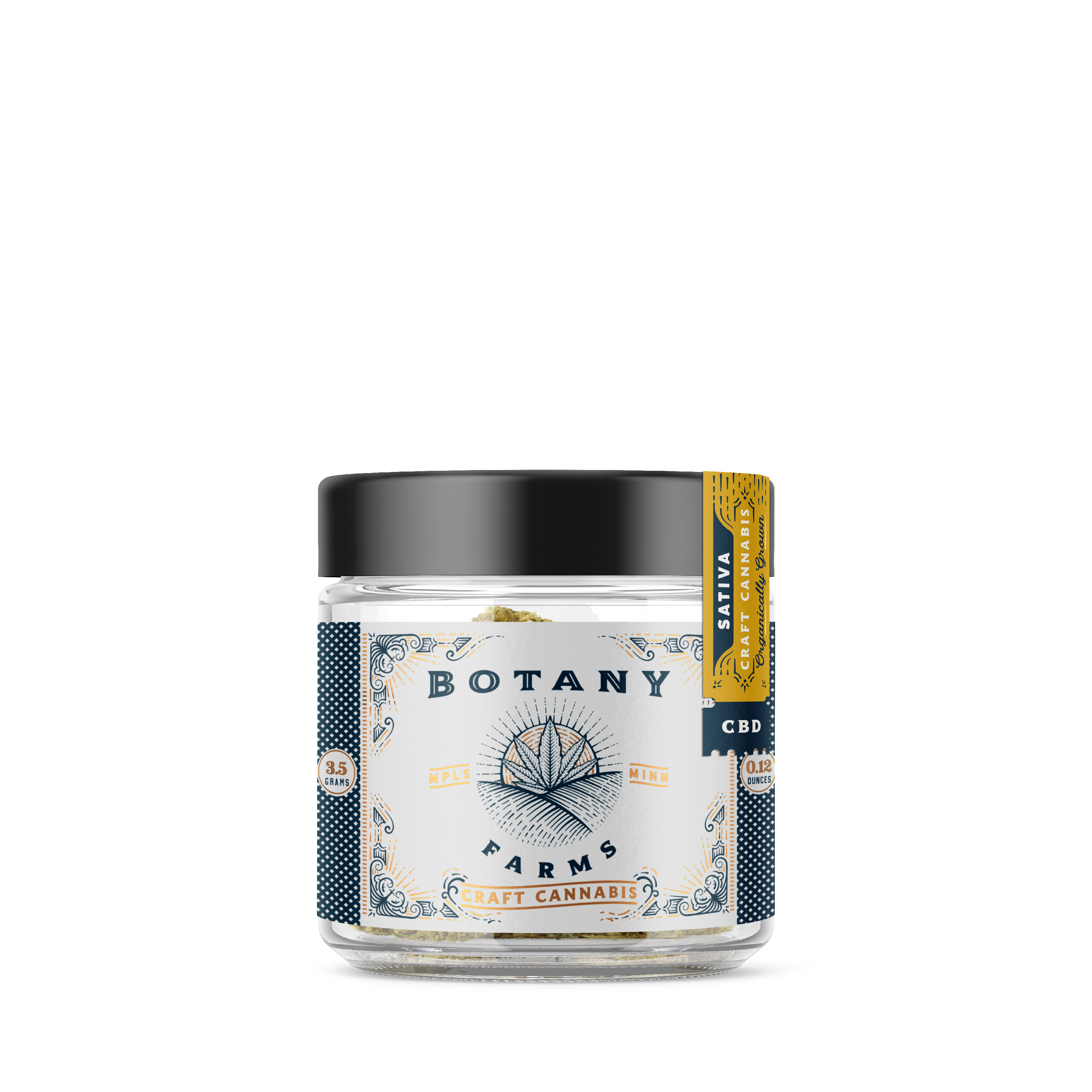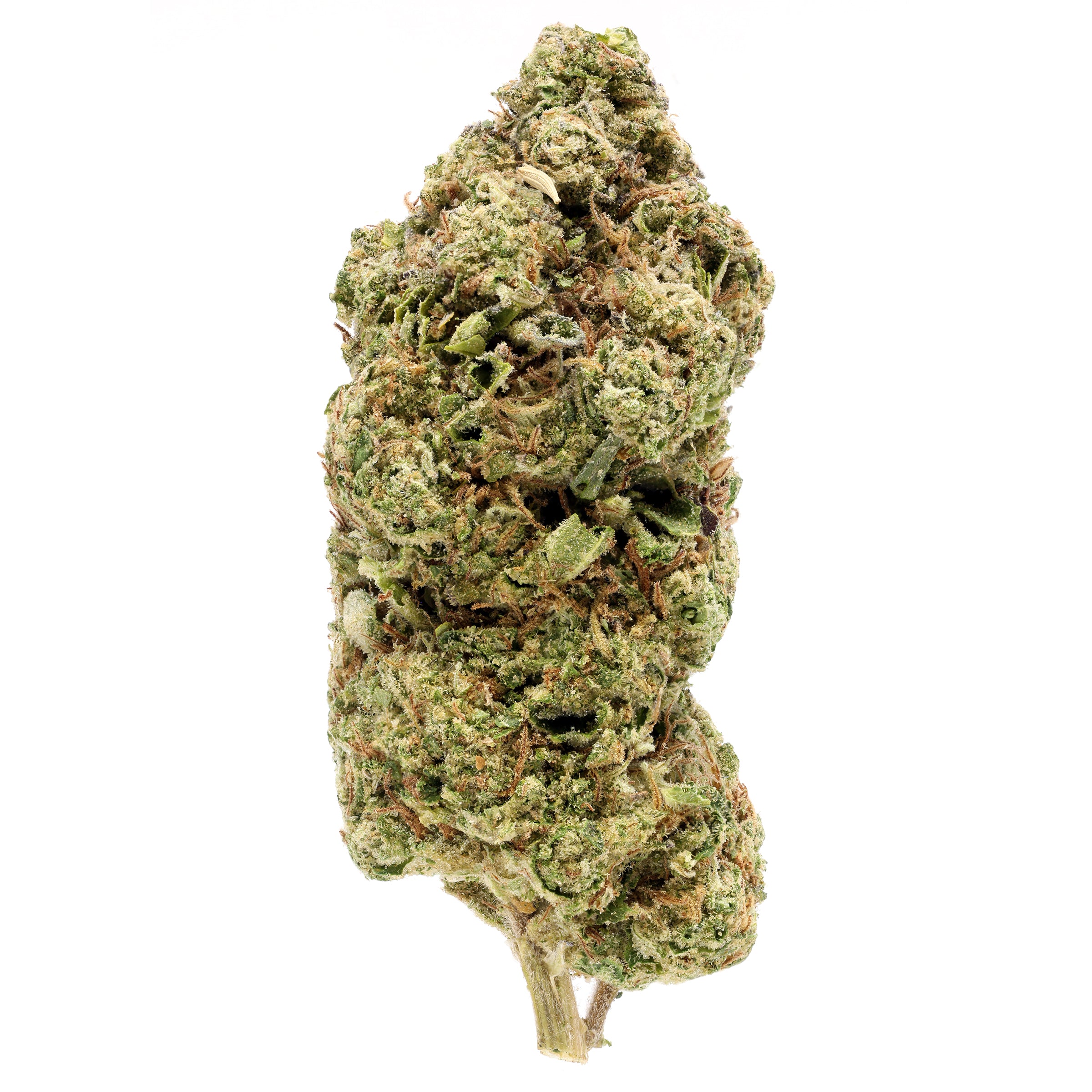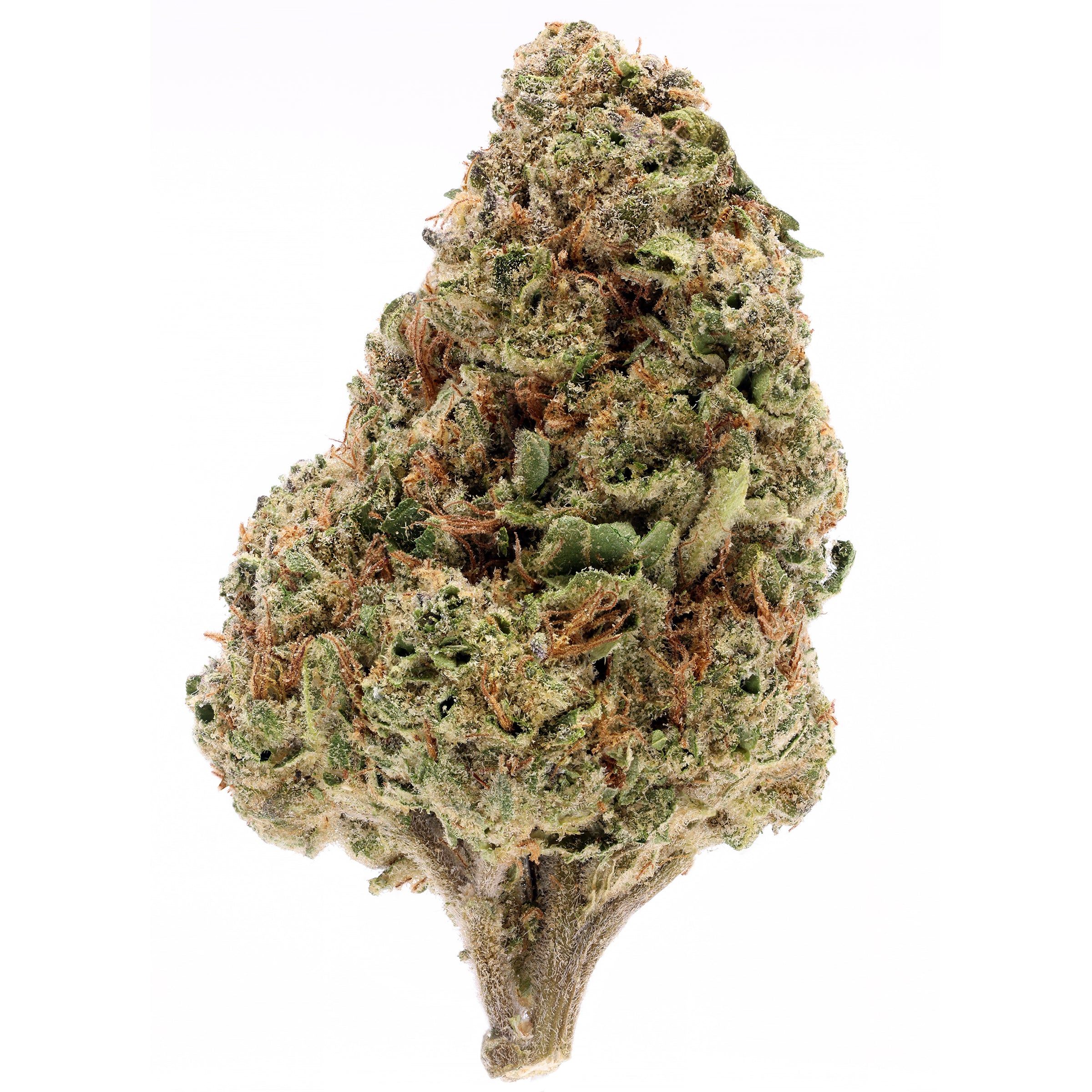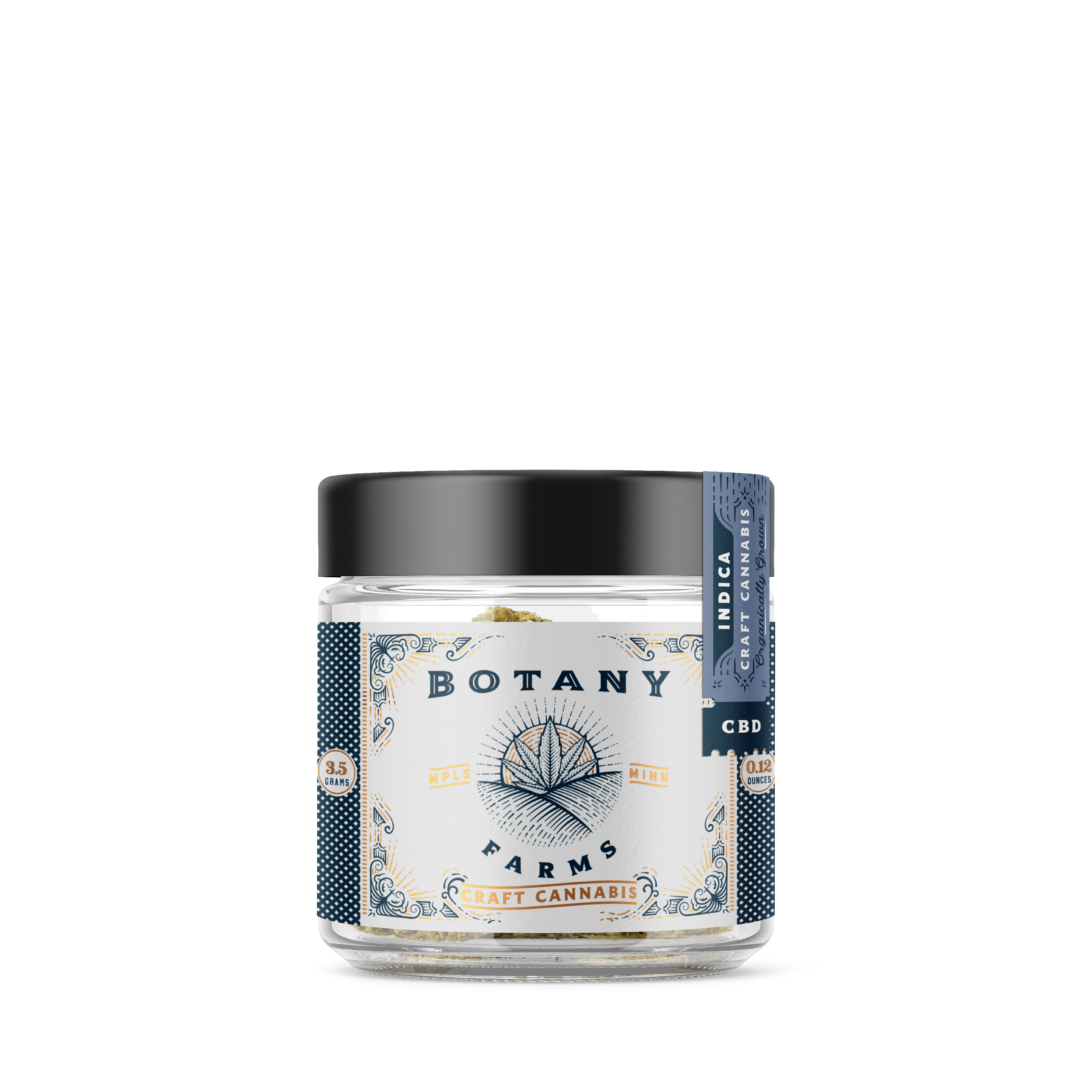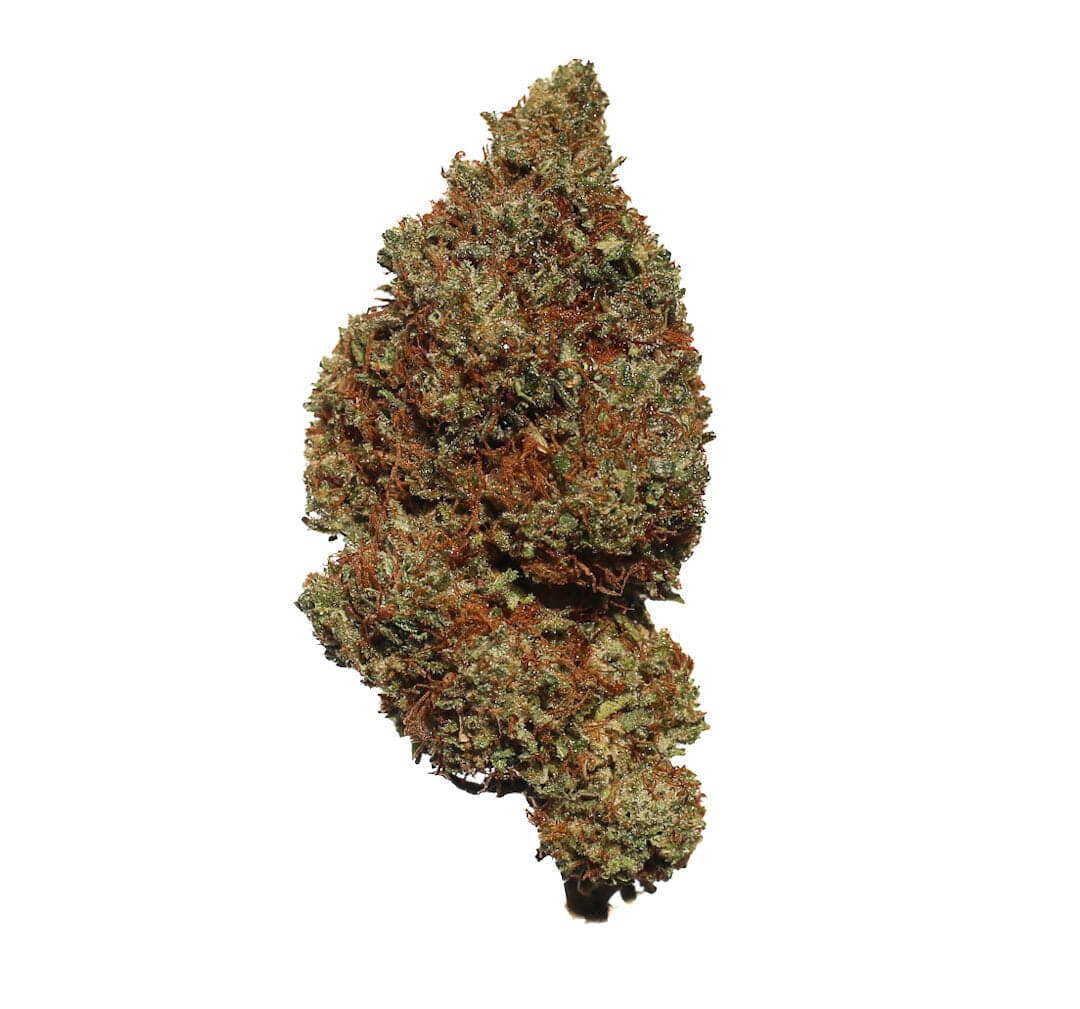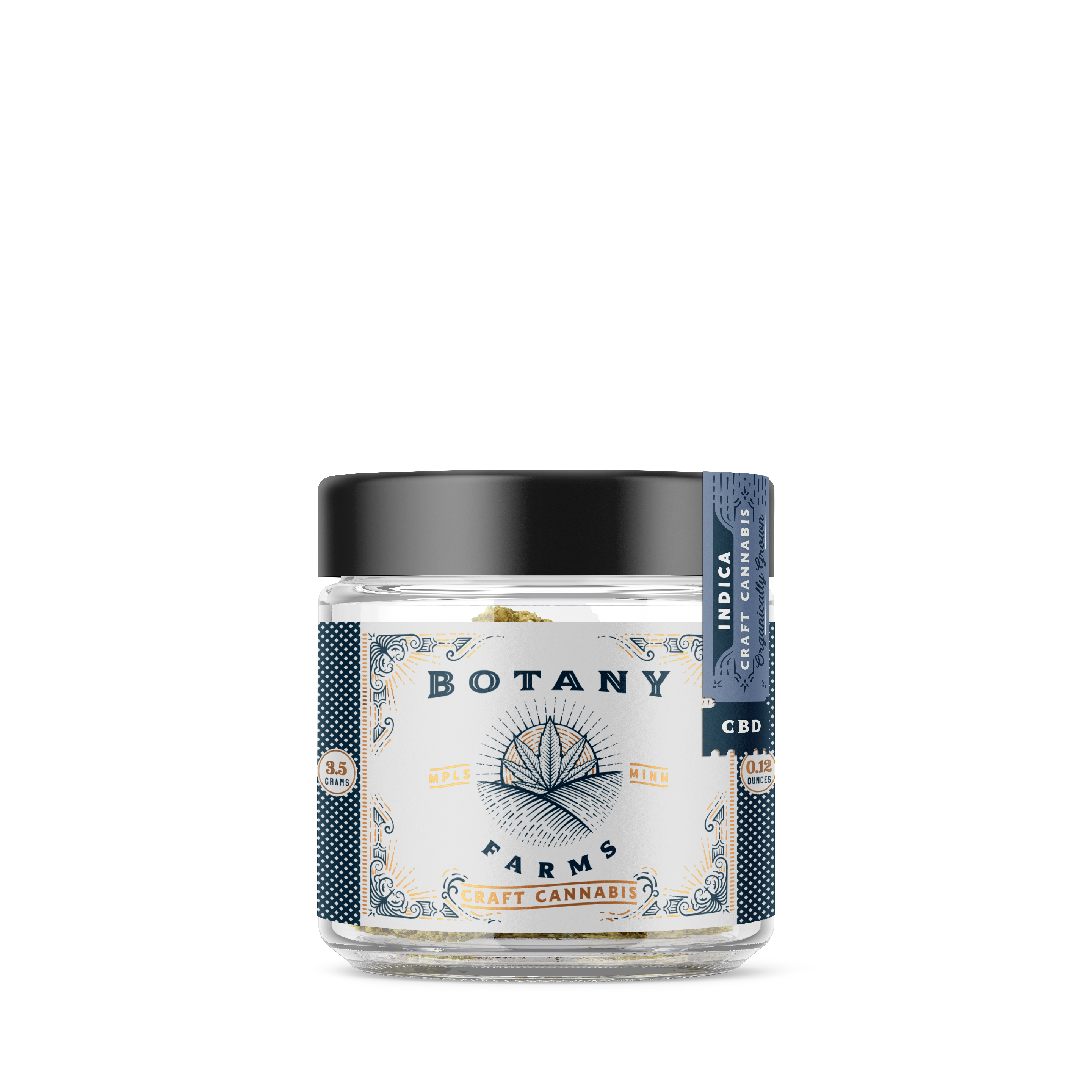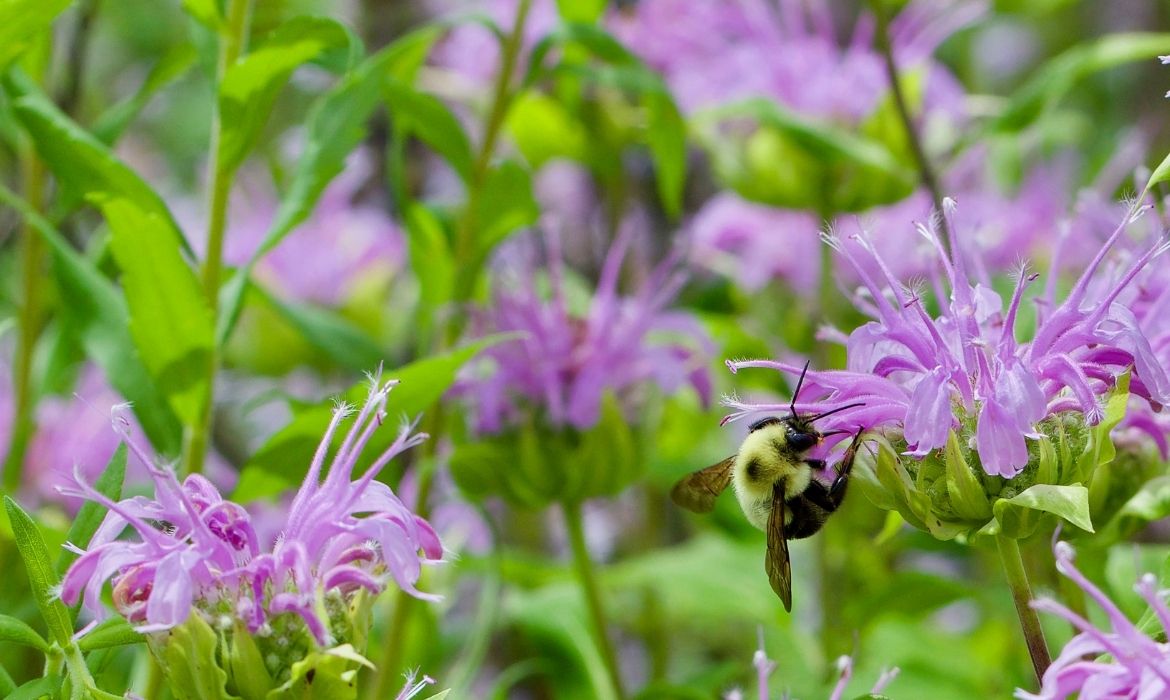Under the enticing, complex, and flavorful bouquets of cannabis, we find terpenes. Every terpene provides a distinctive flavor and aroma to each strain, from citrus and berry to mint and pine. But these are more than just aromatic oils; they have potential therapeutic effects and health benefits. In fact, some of them might promote relaxation and stress relief, while others could potentially promote focus and acuity.
Among over 100 different terpenes identified in the cannabis plant, we have chosen Octanol today. This is because we have discovered that the deeper your knowledge of terpenes is, the better appreciation you have for cannabis. Stay with us to discover Octanol, one mysterious terpene that will leave you thirsty for knowledge.
Key Takeaways
- Octanol, particularly 1-Octanol or n-octanol, is a fatty alcohol with the chemical formula C8H17OH. It features an eight-carbon chain with a hydroxyl group (-OH), categorizing it as an alcohol in organic chemistry.
- Widely used in the synthesis of esters for perfumes, flavoring agents, and additives. It serves as a solvent in the manufacture of high-boiling esters, and in other industries like cosmetics, as a viscosity controller, and in plastics as a plasticizer.
- Continuous research is exploring the role of octanol and other terpenes in medical and therapeutic fields, highlighting the need for further study to fully understand their benefits and applications.
What Is Octanol?
Octa- comes from Greek, where it has the meaning "eight'', which is the number of perfection, the infinity, and the harmonic balance. Octanols are alcohols with the formula C8H17OH.
The Green Elephant book defines Octanol as one of the primary terpenes found in frankincense, which is an aromatic resin used in incense and perfumes obtained from trees of the genus Boswellia in the family Burseraceae. Of the 89 possible isomers of octanol, the simplest and most influential member is 1-Octanol.
This fatty alcohol, also known as octan-1-ol, has a long unbranched tail, eight carbons long. Its molecular formula is CH3(CH2)7OH. Some octanols occur naturally in the form of esters in some essential oils. This organic compound is an oily, colorless liquid that is immiscible in water and has a pungent, aromatic odor. Other commercially essential octanols are 2-octanol and 2-ethyl hexanol.
What Does Octanol Do?
This terpene inhibits the overexpression of COX 2, which is the precursor to prostaglandins. Put simply, the overall effect of this inhibition is a dramatic drop in inflammation. Added to this, it has a role as a plant metabolite.
Octanol Effects
Terpenes present in cannabis have a wide range of known biological effects. Scientists have pointed out Octanol for its potent anti-inflammatory and analgesic effects. When used in conjunction with pinene and linalool, it has a powerful anti-inflammatory entourage effect. On the other hand, its vapors, which are heavier than air, may irritate the eyes, nose, and respiratory system.
Octanol Uses
- 1-Octanol is manufactured for the synthesis of esters for use in perfumes, flavoring agents, and additives.
- It is used to evaluate the lipophilicity of pharmaceutical products.
- In cosmetics, it acts as a viscosity controller.
- Plasticizers
- Processing aids
- Fuels and fuel additives
- Intermediates
- Paint additives and coating additives not described by other categories
- Surface active agents
- Solvent manufacture of high-boiling esters and for cleaning and degreasing.
- Antifoaming agent
Octanol Benefits
The terpene Octanol-1 has been examined for controlling essential tremors (ET) and other types of involuntary neurological tremors characterized by involuntary rhythmic contractions and relaxations of certain muscle groups.
Evidence indicates Octanol can relieve tremor symptoms at lower doses than required to obtain a similar level of symptomatic relief from ethanol consumption. In this way, Octanol reduces the risk of alcohol intoxication at therapeutic dosages while significantly decreasing tremor amplitude for up to 90 minutes. The results suggest 1-octanol as a well-tolerated and safe potential treatment for ET.
Treatment of Essential Tremor
It causes involuntary tremors of the extremities (body parts) and is more prevalent in the older generation. Patients suffering from this condition (which is called essential tremor) are treated with off-label drugs such as beta-blockers and ethanol, both of which have side effects which are not always good for them.
Octanol reduces the tremors at a small dosage and has no adverse side effects. Phase 1 and phase 2 of the human trials to test octanol have been completed successfully.
Anti-inflammatory and Anesthetic
The anti-inflammatory properties of octanol appear to reduce scarring after stroke or head trauma, in the muscles and nerves connected to the site of injury, thereby avoiding the development of scar tissue that interferes with brain function. Such studies have also demonstrated its ability to significantly reduce the amount of pain attributable to injury in rats.
Given the ethical issues associated with its use, most of the research that has been done into octanol’s anti-inflammatory and anaesthetic properties has been on animals, with less evidence on whether the substance would work in humans in the same way.
Is Octanol Safe?
Remember it’s safe to work with only when you know a compound’s safety profile, and you have to take all recommended precautions when working with any kind of chemical. Octanol, however long has been used and safe, also has its own set of risks, and you have to remember that.
Flammability: Octanol has a high flash point of 81 °C (178 °F). This is generally considered to be a fire hazard. However, octanol is not explosive. Octanol will ignite if exposed to heat or flame, and can also ignite through a spark or flame source above its flash point.Do not handle octanol near ignition sources or heat.
Autoignition temperature: The information of the lowest autoignition temperature of octanol is one of the most concerning safety features of octanol. The autoignition temperature for octanol is 245°C (473°F), meaning that even if octanol vapours are not deliberately, or even accidentally, ignited, they can still spontaneously ignite if the materials are heated enough. A critical factor in industrial use of octanol is to be sure that temperatures are maintained much below the autoignition temperature of octanol in order to obtain the safety benefits of its use.
Chemical reactivity: Octanol is a Lewis acid – it can accept lone pairs of electrons from Lewis bases. Therefore, it’s good at interacting with hydrogen bond donors and other Lewis base groups. Be aware of potential chemical reactions if you mix octanol with other materials, especially bases, that could generate heat or unwanted waste products. Refer to your safety data sheets and handle as recommended.
By inhalation: Octanol has moderate vapour pressure, but its vapours could result in respiratory irritation, dizziness and nausea if inhaled at high concentrations.
Contact: Ingestion of large quantities of octanol may result in these same symptoms, and may also cause gastrointestinal distress. If exposure to octanol is suspected, get to fresh air immediately and contact a poison control centre or a medical professional if symptoms continue.
When handling octanol, do so in a well-ventilated area, with appropriate personal protective equipment (eg, gloves and goggles) and store in a cool and dry place away from ignition sources and heat. Dispose of waste products according to local regulations.
If you know octanol’s safety profile, and work with it carefully using best practices for handling and storage, it can do all this – and more – without endangering you or your colleagues in the lab.
Octanol Smell
Terpenes are volatile compounds responsible for the typical smell and taste of cannabis. According to the Joint FAO/WHO Expert Committee on Food Additives (JECFA), 1-Octanol has a sharp fatty-citrus odor. Its penetrating aromatic scent, which reminds users of fresh orange rose fragrance, complete with its complex flavor profile.
The Flavor and Extract Manufacturers Association (FEMA) reports that this unique terpene has an oily, sweet, slightly herbaceous taste, similar to Bitter Almond, Burnt Matches, with floral undertones.
Octanol Strains
Currently, there's no information available about high-octanol strains on the cannabis market, which makes us think about the large path we need to walk to discover more cannabis-derived terpenes in the future.
Scientists have only isolated 200 terpenes in cannabis and continue to explore terpenes' vast potential and attributes. Do you want to know more about these unique compounds? Check out our blog today and join our community. At Botany Farms, we are passionate about discovering the mysterious world of cannabis.
What Is Octanol: Frequently Asked Questions
Is Octanol An Alcohol?
Yes, octanol is an alcohol. Specifically, it is known as 1-octanol or n-octanol, categorized as a fatty alcohol. Its chemical formula is C8H18O, featuring a hydroxyl group (-OH) attached to an eight-carbon alkyl chain. This structure classifies it as an alcohol in organic chemistry.
Is Octanol A Gas?
No, octanol is not a gas. It is a colorless liquid at room temperature and has a slightly oily texture. Octanol is known for its distinctive odor, often described as fruity or waxy. It is used in various applications due to its liquid state, including as a flavoring agent and in the manufacture of perfumes.
What Is Octanol Made Of?
Octanol is primarily composed of a chain of eight carbon atoms and eighteen hydrogen atoms, along with a hydroxyl group (OH). This chemical structure is represented by the molecular formula C8H18O. It is often produced synthetically from fatty acids or oils, but it can also be derived naturally from certain plants and animals.
References for this article:
- https://pubchem.ncbi.nlm.nih.gov/compound/1-Octanol
- https://www.sciencedirect.com/topics/chemistry/octanol
- https://www.sciencedirect.com/science/article/abs/pii/S1545534306000915
- https://n.neurology.org/content/62/1/122
- https://pesquisa.bvsalud.org/portal/resource/pt/wpr-742989
- https://www.fao.org/food/food-safety-quality/scientific-advice/jecfa/jecfa-flav/details/en/c/268/
- https://www.femaflavor.org/flavor-library/1-octanol
- https://www.sciencedirect.com/science/article/abs/pii/S1540748914000911
